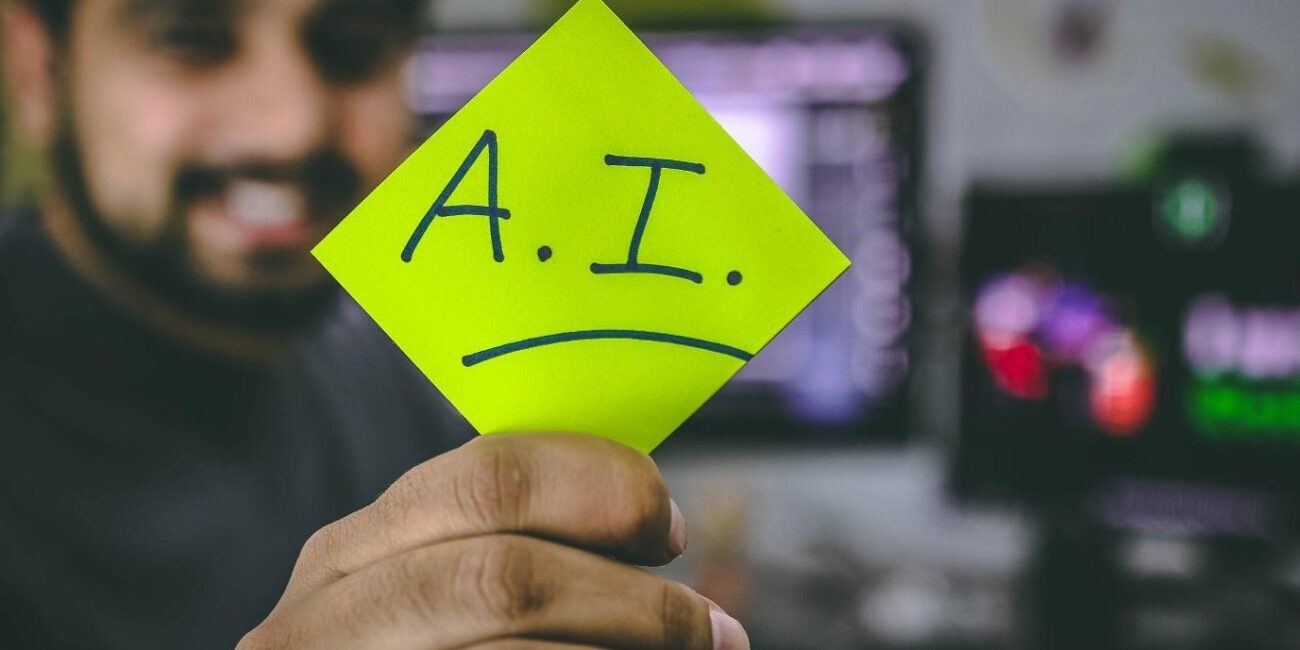The impact of Artificial Intelligence (AI) on journalism was discussed in a recent RTS webinar, highlighting both its benefits and risks. While AI has the potential to empower journalists and transform the industry, concerns about deep fake videos, articles and online bots pose a huge threat.
Panellists, Symeon Brown (C4 News Correspondent), Ali-Abbas Ali (Ofcom Director of Competition), Tami Hoffman (ITN’s Director of News Distribution and Commercial Innovation) and Gary Rogers (Senior Newsroom Strategy Consultant), discussed how AI technology is now in high demand for global political elections. They each demonstrated how new technology can improve productivity and increase audience satisfaction, and shed light on the positive contributions of AI to the industry.
Whilst AI is identified as computer intelligence that covers learning; reasoning, generalisation, and inference, the panel acknowledged that AI is both a software genre and a marketing term that grabs attention and headlines.
Generative AI was a hot topic of conversation and is currently receiving significant focus in the media. Generative AI describes algorithms such as ChatGPT that can be used to create new content including audio, code, images and text. They discussed how these software programs have diverse applications beyond regular tasks and can even assist in compliance matters for broadcasters by editing content for specific target audiences. However, there is also an argument that in doing this, it exploits existing information.
The panel went on to discuss their concerns with the use of AI-generated images in journalism; with questions arising about reality manipulation. One solution, discussed, was to implicate trust-building policies such as working with stock image companies to avoid unauthorised use of creators’ work.

Gary Rogers shared that he has actually been using AI for news-gathering since 2016, emphasising that AI tools can complement journalists’ efforts without replacing human involvement. He stated that AI empowers journalists to better serve their audiences and start from a stronger position, and that AI requires proactive measures and consideration of its low-cost. He added that the increased presence of AI in journalism levels the playing field for creative tools and allows more creators to emerge.
The panel highlighted that differentiating between real and fake content in terms of video content, graphics, AI, and imagery is becoming increasingly challenging as the technology advances. The risk of accidentally spreading misinformation is high, and precautions need to be taken to address the issue. Educating staff, doubling down on existing editorial guidelines, and prioritising the accuracy of output were emphasised as crucial steps.
Extending education to the audience was also discussed as being very important. Individuals need to develop critical thinking skills to detect real from fake content, so educating the audience about the capabilities and limitations of AI tools is essential. The successful distribution of AI technology and fairness in matters such as political election, depends on human involvement. The audience must be educated to check everything they read to avoid inaccurate information yielding reliable results.
The panel agreed that building a new skill set among the public and providing training and updates should become necessary. Suggestions around regulations were made, such as a licensing system if machines are being trained using news organisations’ material. Source transparency and safety checks, particularly when targeting children, were also highlighted as important aspects.
They went on to discuss how AI can be used to identify business opportunities and income sources in journalism and that it is crucial to identify pain points, where AI can effectively address challenges.
Overall, whilst AI has the potential to change journalism and increase its efficiency, responsible adoption and proactive measures are crucial to reduce risks and secure the accuracy of content. Educating both staff and the audience about the capabilities and limitations of AI tools is crucial for a smooth transition forward.

